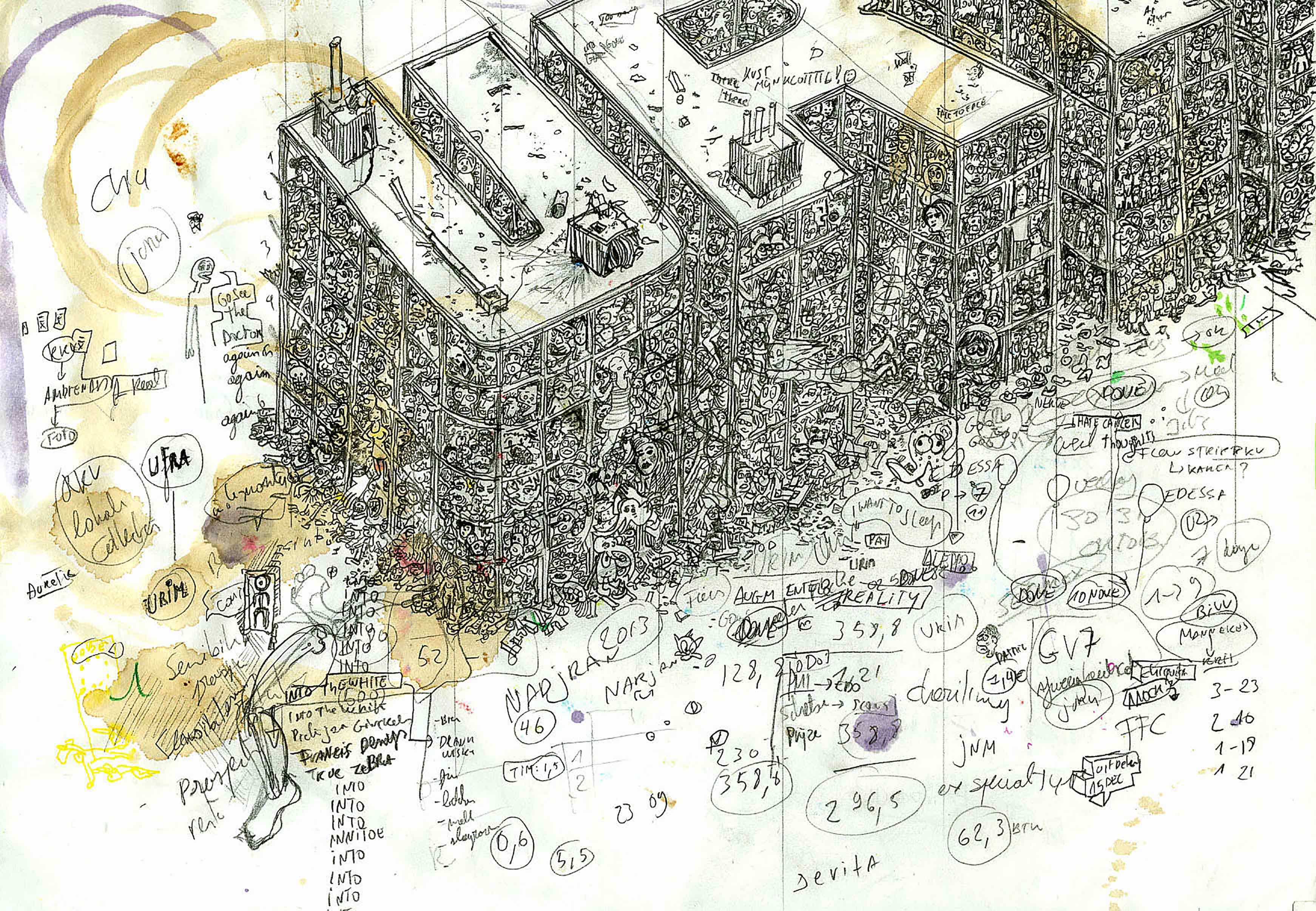Persistent Autonomy and Romanticism
DOI:
https://doi.org/10.58519/aesthinv.v1i1.12007Keywords:
autonomy of art, RomanticismAbstract
Autonomy in the arts is generally considered an outdated concept, an atavism that is only relevant to outsiders and to people who have a mere traditional, if not completely obsolete understanding of the artistic and aesthetic field. Autonomy in this view has little to do with contemporary discussions about art and artistic practices. The very first sentence of a recent study about autonomy in literature, Andrew Goldstone’s Fictions of Autonomy (2013) for example reads: ‘In literary studies, we regard aesthetic autonomy as an idea whose time has passed.’
Instead of repeating the historicity and irrelevance of the autonomy concept it may be interesting to ask why it has been criticised so often while continuing to reappear again and again. If we keep in mind Peter Bürger’s analysis in his classic Theory of the Avant-Garde (1984), that the Avant-Garde failed to abolish autonomy in the arts and that this appeared to be impossible in what he calls ‘late capitalist society’, it may still be worthwhile to ask ourselves, how to understand the tenacious belief in autonomy, a belief that has so often been abolished yet and is still present everywhere. In doing so we’d better go back to the emergence of the belief in autonomy in the art history of the last few centuries rather than adding still another explanation about the irrelevancy of the concept.
Downloads
Downloads
Published
Issue
Section
License

This work is licensed under a Creative Commons Attribution 4.0 International License.
Authors who publish with this journal agree to the following terms:
Authors retain copyright and grant the journal right of first publication with the work simultaneously licensed under a Creative Commons Attribution License that allows others to share the work with an acknowledgement of the work's authorship and initial publication in this journal. Note: up to volume 4 issue 1, an incorrect copyright line appears in the PDFs of the articles.
Authors are able to enter into separate, additional contractual arrangements for the non-exclusive distribution of the journal's published version of the work (e.g., post it to an institutional repository or publish it in a book), with an acknowledgement of its initial publication in this journal.
Authors are permitted and encouraged to post their work online (e.g., in institutional repositories or on their website) prior to and during the submission process, as it can lead to productive exchanges, as well as earlier and greater citation of published work (See The Effect of Open Access).






